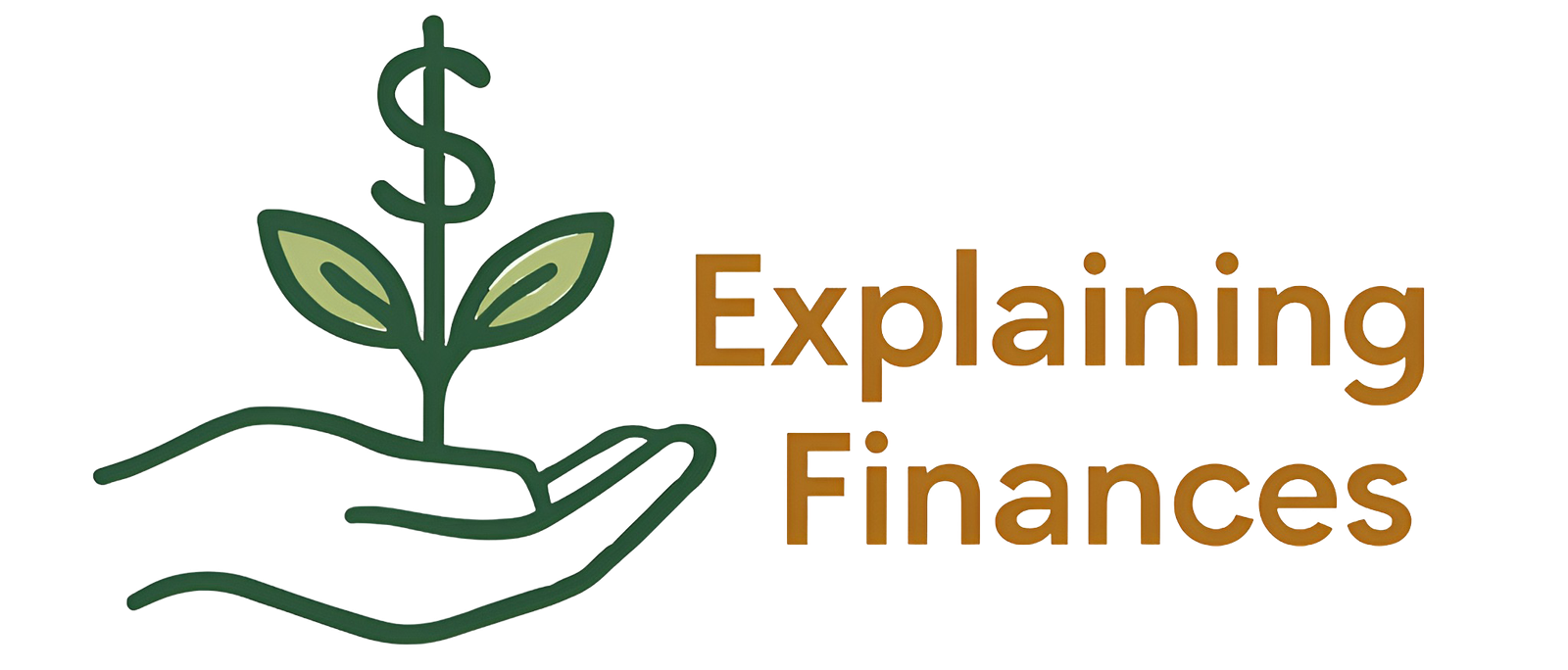If you’re just starting out with sports betting, you’ve probably come across the term “odds.” This number is crucial in determining how much you can win or lose on a bet. Understanding how odds work is the first step to avoiding common pitfalls and unnecessary losses. Let’s break it down in a simple way so you can make smarter betting choices.
Table of Contents
What Are Odds and Why Do They Matter?
Odds represent the probability of an event happening while also determining your potential payout. Think of them as a price tag in the betting world. Higher odds mean the event is less likely to occur, but the payout is larger. Lower odds indicate a higher probability of success but with smaller returns.
For example, if you’re betting on a favorite team with odds of 1.50, it means that for every $1 wagered, you will win $1.50 if your bet is correct. Sounds simple, right? But there’s a deeper mathematical structure behind it.

How Are Odds Calculated?
Sportsbooks set odds based on statistical analysis, expert insights, and market trends. They take into account factors like team performance, injuries, and even weather conditions. Then, they adjust the odds to ensure they always maintain a profit, regardless of the game’s outcome. This means odds never fully reflect the real probability of an event happening.
For example, if a team’s actual probability of winning is 50%, the fair odds would be 2.0. However, the sportsbook might set them at 1.90 to include their profit margin. Understanding this principle gives you an edge in making more strategic bets.
Decimal, Fractional, and American Odds: What’s the Difference?
Depending on the platform you use, odds may be displayed in different formats. The most common in the U.S. are American odds, while decimal odds are widely used in Europe, and fractional odds are popular in the UK.
Decimal Odds (2.50): Show the total return per dollar bet.
Fractional Odds (5/1): Indicate potential profit relative to the stake.
American Odds (+200 or -200): Show how much you need to bet to win $100 (negative odds) or how much you win with a $100 bet (positive odds).

Understanding American Odds
| Type | Example | Bet Amount | Total Return | Profit |
|---|---|---|---|---|
| Positive (+200) | Bet $100 | $100 | $300 | $200 |
| Negative (-150) | Bet $150 | $150 | $250 | $100 |
American odds help quickly identify favorites and underdogs:
- Positive odds (+): The amount you win on a $100 bet.
- Negative odds (-): The amount you need to bet to win $100.
How to Calculate Your Winnings
Understanding decimal odds is straightforward because it follows basic math:
- Determine the probability of an event happening based on statistics and analysis.
- Divide 100 by the probability percentage to find the decimal odds.
To calculate your potential return, multiply the bet amount by the decimal odds. For example:
- If you bet $50 on odds of 2.0, your total return is $100 ($50 × 2.0).
- If you bet $100 on odds of 3.5, your total return is $350 ($100 × 3.5), with a net profit of $250.
Comparing Odds Across Sportsbooks
Now that you understand odds, it’s time to maximize your profits by choosing the best sportsbook. Always compare odds before placing a bet—small differences can have a huge impact in the long run.
A key rule: avoid platforms that charge excessive commissions (higher than 5%) because, over time, even small deductions can significantly reduce your earnings.
Why Understanding Odds Helps You Avoid Losses
Many bettors rely on luck instead of strategy, which leads to impulsive decisions and losses. Knowing how to read odds allows you to make informed choices, such as identifying when a bet has good value or when the risk is too high.
A common mistake is assuming that high odds mean an easy profit. In reality, high odds usually indicate an unlikely event. While big wins are possible, consistently betting on long shots can result in long-term losses.
Practical Tips to Use Odds in Your Favor
- Compare odds across sportsbooks: Even small differences can add up over time.
- Avoid emotional betting: Betting on your favorite team can cloud judgment.
- Analyze game context: Factors like injuries and team form impact odds.
- Manage your bankroll: Set betting limits and never wager more than you can afford to lose.
Practice Exercises: Test Your Betting Knowledge
1. Single Bet on an NFL Game (DraftKings)
Scenario: You want to bet on an NFL game where the odds are:
- Team A to win: -120
- Team B to win: +150
Question: If you bet $100 on Team B, how much will you win? Answer: Your total return will be $250 ($100 × 1.5), with a net profit of $150.
2. Parlay Bet (FanDuel)
Scenario: You place a parlay bet on two NBA games:
- Game 1: Lakers to win (-110)
- Game 2: Celtics to win (-120)
Question: If you bet $50, how much will your total return be if both bets win? Answer: Parlay odds are calculated by multiplying the decimal equivalents of each leg: (1.91 × 1.83 = 3.49). Your return is $50 × 3.49 = $174.50.
Bankroll Management: The Key to Betting Success
Even if you master odds, you need proper bankroll management. Divide your funds into small portions and only bet 1% to 5% of your bankroll per wager to minimize risk. The goal isn’t to win every bet but to maintain a consistent positive balance over time.
Final Takeaway: Strategy is Everything
Understanding how odds work is fundamental for making responsible and strategic bets. They aren’t just numbers; they represent probabilities and potential returns. By applying betting strategies, like analyzing value bets and managing risk, you can avoid surprises and improve your long-term success.
So before placing your next bet, take a step back, analyze the odds, assess the risks, and most importantly—never bet more than you can afford to lose. The secret to successful betting lies in knowledge and strategy!
- Caixa Launches Fun Money Game on Roblox
- Easy Ways to Get Robux in Roblox
- Get Free Roblox Items This March
- How to Earn Free Robux Online
- 🍔 Why McDonald’s Became a “Luxury Meal”: The Real Reason Behind the Prices (And How to Beat Them in 2025)

2025’te kazanmanın sırrı, güvenilir bahis siteleri seçmek ve deneme bonusu avantajlarını doğru kullanmak!
2025’te kazanmanın sırrı, güvenilir bahis siteleri seçmek ve deneme bonusu avantajlarını doğru kullanmak!
2025’te kazanmanın sırrı, güvenilir bahis siteleri seçmek ve deneme bonusu avantajlarını doğru kullanmak!
2025’te kazanmanın sırrı, güvenilir bahis siteleri seçmek ve deneme bonusu avantajlarını doğru kullanmak!